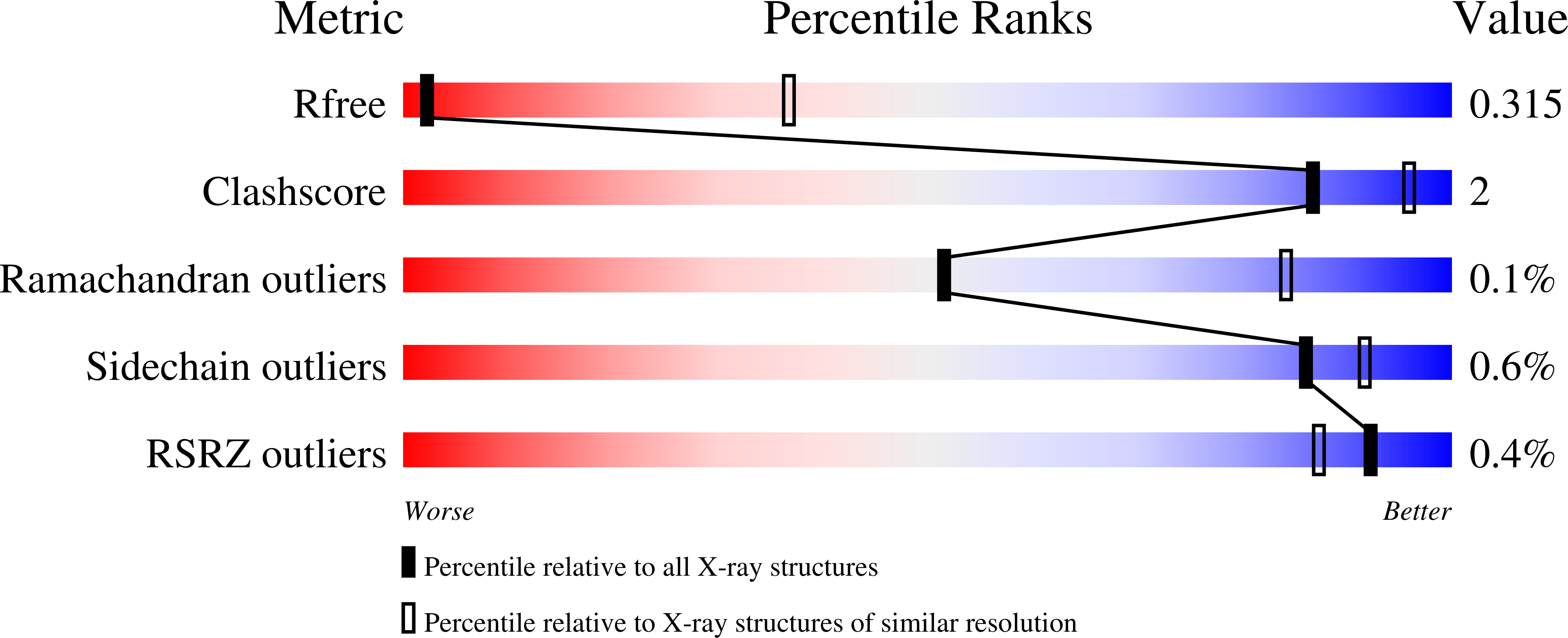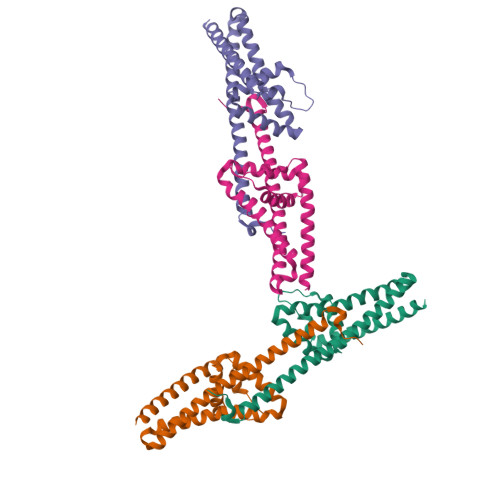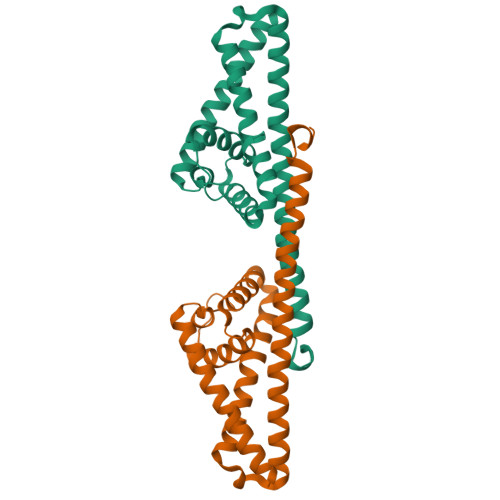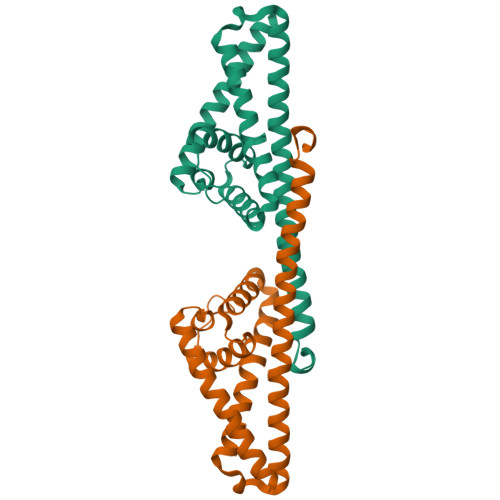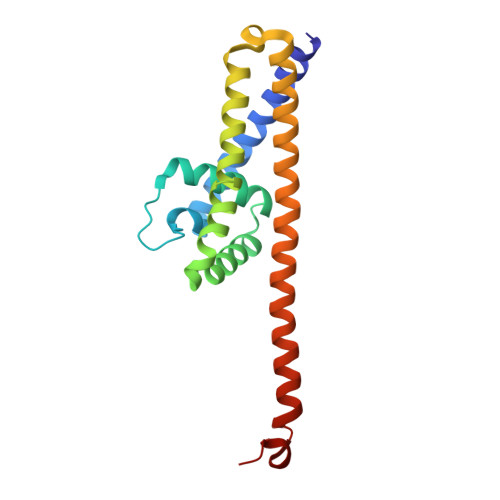Further Structural Insights Into the Binding of Complement Factor H by Complement Regulator-Acquiring Surface Protein 1 (CspA) of Borrelia Burgdorferi.
Caesar, J.J.E., Wallich, R., Kraiczy, P., Zipfel, P.F., Lea, S.M.(2013) Acta Crystallogr Sect F Struct Biol Cryst Commun 69: 629
- PubMed: 23722839
- DOI: https://doi.org/10.1107/S1744309113012748
- Primary Citation of Related Structures:
4BL4 - PubMed Abstract:
Borrelia burgdorferi has evolved many mechanisms of evading the different immune systems across its range of reservoir hosts, including the capture and presentation of host complement regulators factor H and factor H-like protein-1 (FHL-1). Acquisition is mediated by a family of complement regulator-acquiring surface proteins (CRASPs), of which the atomic structure of CspA (BbCRASP-1) is known and shows the formation of a homodimeric species which is required for binding. Mutagenesis studies have mapped a putative factor H binding site to a cleft between the two subunits. Presented here is a new atomic structure of CspA which shows a degree of flexibility between the subunits which may be critical for factor H scavenging by increasing access to the binding interface and allows the possibility that the assembly can clamp around the bound complement regulators.
Organizational Affiliation:
Sir William Dunn School of Pathology, University of Oxford, South Parks Road, Oxford OX1 3RE, England.







